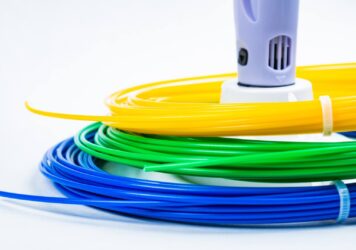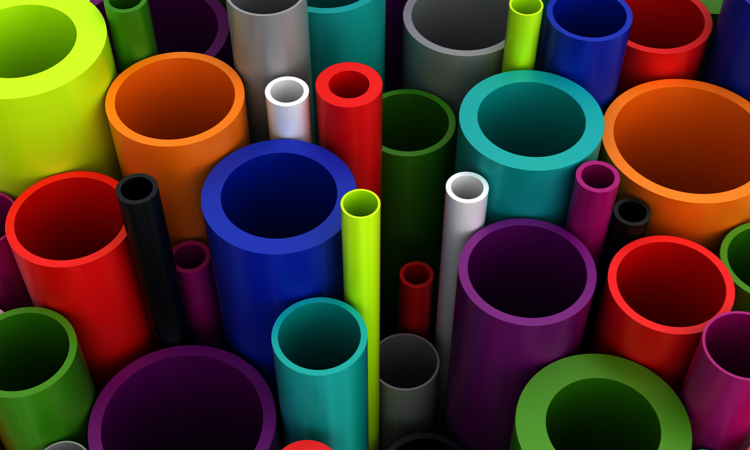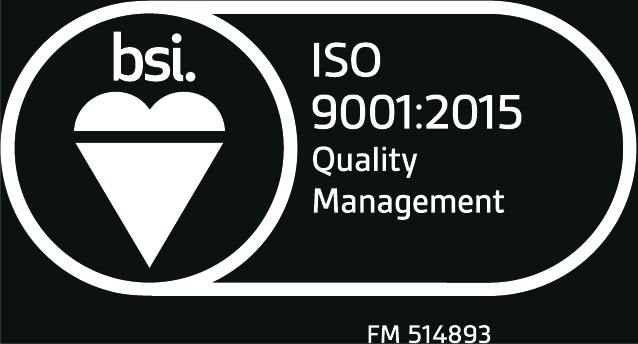
Designing an Extrusion Profile for Optimal Performance
Custom plastic extrusion offers an exceptional combination of flexibility, efficiency, and precision. But achieving top performance from an extruded part doesn’t happen by accident—it starts with smart, application-driven design. Whether the profile is a simple U-channel or a complex multi-material component, thoughtful planning at the design stage ensures that the final product meets both functional and manufacturing requirements.
Let’s take a closer look at what goes into designing an extrusion profile for optimal performance.
Understand the Application
The first step in designing a successful extrusion profile is defining how and where the part will be used. Is it part of a structural assembly or a flexible connector? Will it be exposed to sunlight, chemicals, or mechanical stress? A clear understanding of the product’s environment and function will guide critical decisions about material choice, tolerances, and geometry.
For example, a profile designed for an outdoor signage system might require UV-resistant PVC, while a medical device component might need to meet strict FDA or ISO standards using a food-safe material.
Choose the Right Material
Material selection has a major impact on the extrusion’s strength, flexibility, temperature resistance, and durability. Common options include:
- Rigid PVC for strength and weather resistance
- Flexible PVC for sealing or cushioning parts
- Polyethylene (PE) for lightweight, impact-resistant parts
- Thermoplastic elastomers (TPE) for soft-touch and flexible components
- ABS, acrylic, or polycarbonate for clarity and rigidity
In some cases, co-extrusion may be used to combine two or more materials in a single profile, delivering properties like a rigid base with a flexible sealing edge.
Design for Manufacturability
While complex shapes are possible with extrusion, the design must account for the realities of the manufacturing process. Profiles with consistent wall thicknesses are easier to extrude evenly and cool uniformly. Sharp corners should be avoided, as they can create stress points or cooling issues. Instead, smooth radii and gradual transitions help the material flow predictably through the die.
It’s also important to consider how the part will be cut, punched, drilled, or assembled after extrusion. Features like snap fits, grooves, or internal channels can be built into the profile to reduce post-processing and assembly time.
Control Tolerances and Wall Thickness
Tight tolerances may be necessary for components that need to fit precisely with other parts. However, tighter tolerances can increase costs and complexity. It’s important to strike the right balance between performance and manufacturability by identifying which dimensions truly need to be tightly controlled and which can be more forgiving.
Wall thickness also affects performance, weight, and cost. Thicker walls provide more strength but may increase material use and cooling time. Thinner walls reduce weight and cost but require careful control to maintain structural integrity.
Prototype and Test
Before full production, it’s a good idea to prototype the extrusion profile. This allows you to test the material, fit, and function in real-world conditions and make adjustments as needed. Minor changes to the die design can significantly improve product performance and consistency.
Custom Extrusion with Inplex
Looking for quality custom extrusion products and services? Inplex is one of the leading custom extrusion services in the US and has almost 60 years of experience. We pride ourselves on our ability to put the right talent and technology in place to perform the best possible job for our clients.
We own a 42,000 sq. ft. facility in Naperville, Illinois, that is temperature-controlled and features an environmentally friendly closed-loop water cooling system. If you have specific needs or questions, don’t hesitate to contact us!
Back to Blog



